Dove Data Collection
Thursday, August 30th, 2018This is Passport to Texas
The US Fish & Wildlife service works with state wildlife agencies to survey dove. One method involves Texas Parks and Wildlife field staff driving set routes. Stopping at various points, getting out of the vehicle and documenting what they see and hear.
Along with that, we have our banding program, which is a nationwide banding program for mourning dove. But Fish & Wildlife Service also does a parts collection survey, which is where they send a random sample of hunters across the US envelopes, and they ask for wings from birds that they’ve harvested.
Owen Fitzsimmons, is Texas Parks and Wildlife’s web-less migratory game bird leader. Regarding the parts collection…
We compile all the wings, and later in the year we get as many people as we can to go through all the wings in a week or so. We call that a “wing bee” kind of like a spelling bee. And we can look at the wings, and you can tell whether they’re a hatch year bird—meaning they were hatched that year. Or, they were an after hatch year bird—meaning they were probably breeding adults. And based on that, we can get age ratios; we can tell what age ratio was harvested. How many young birds were harvested versus adult birds.
And how is this information used?
We gather all this information from surveys to banding to parts collection surveys. We look at it from every angle. That’s ultimately Fish & Wildlife Service does to set the population parameters and look at possible changes in bag limits and season lengths and things like that.
Tomorrow Dove banding.
The Wildlife Restoration program supports our series and funds Mourning Dove Density, Distribution, and Harvest surveys in Texas.
For Texas Parks and Wildlife, I’m Cecilia Nasti.
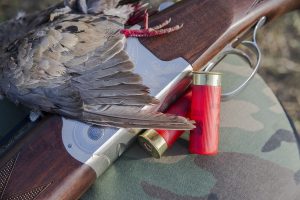

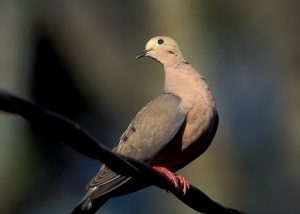
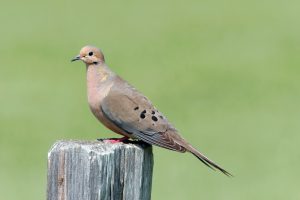
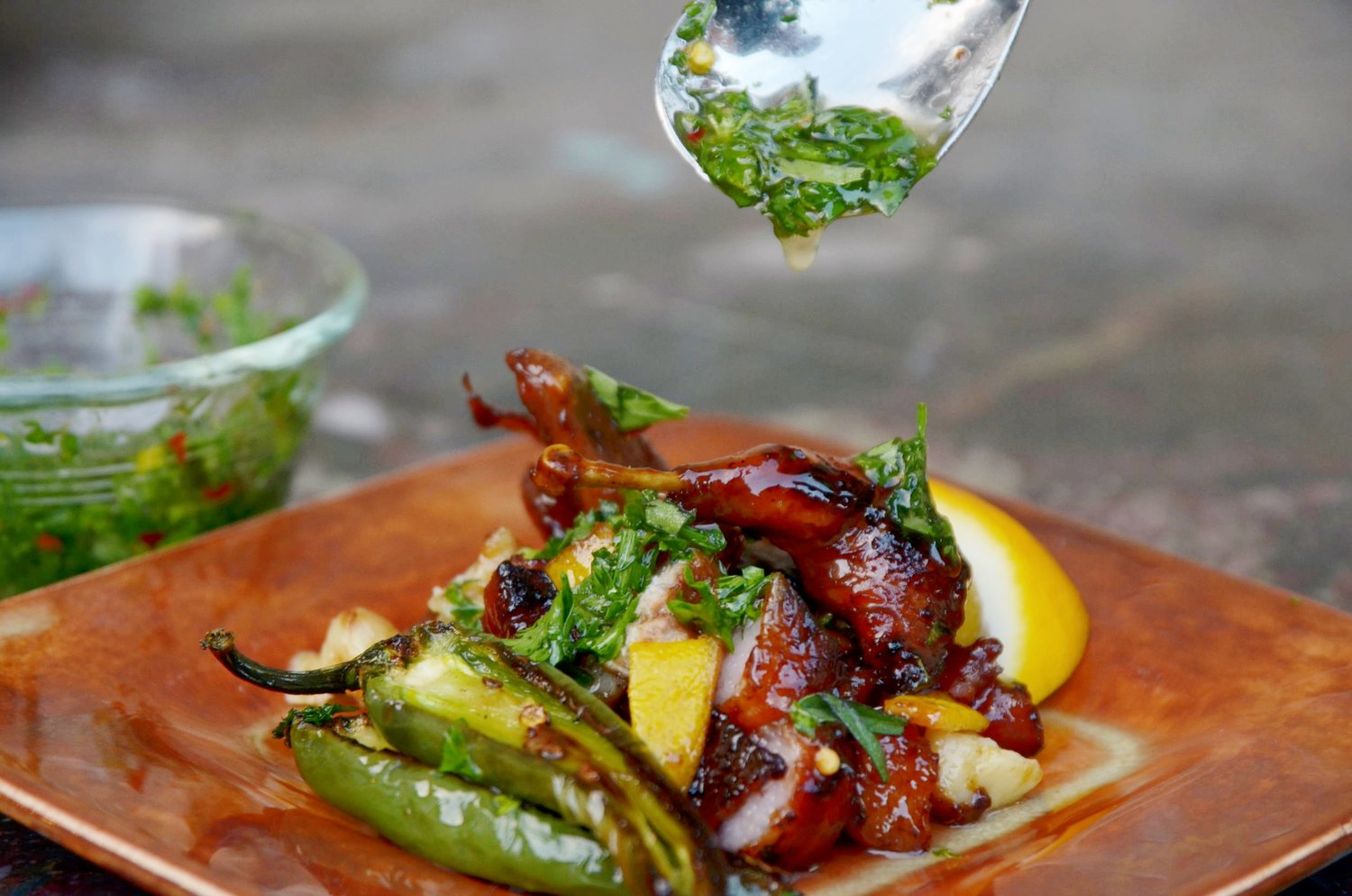
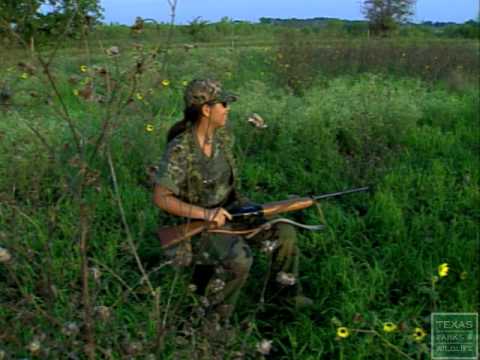

 Passport to Texas is a
Passport to Texas is a  Passport to Texas is made available by:
Passport to Texas is made available by: